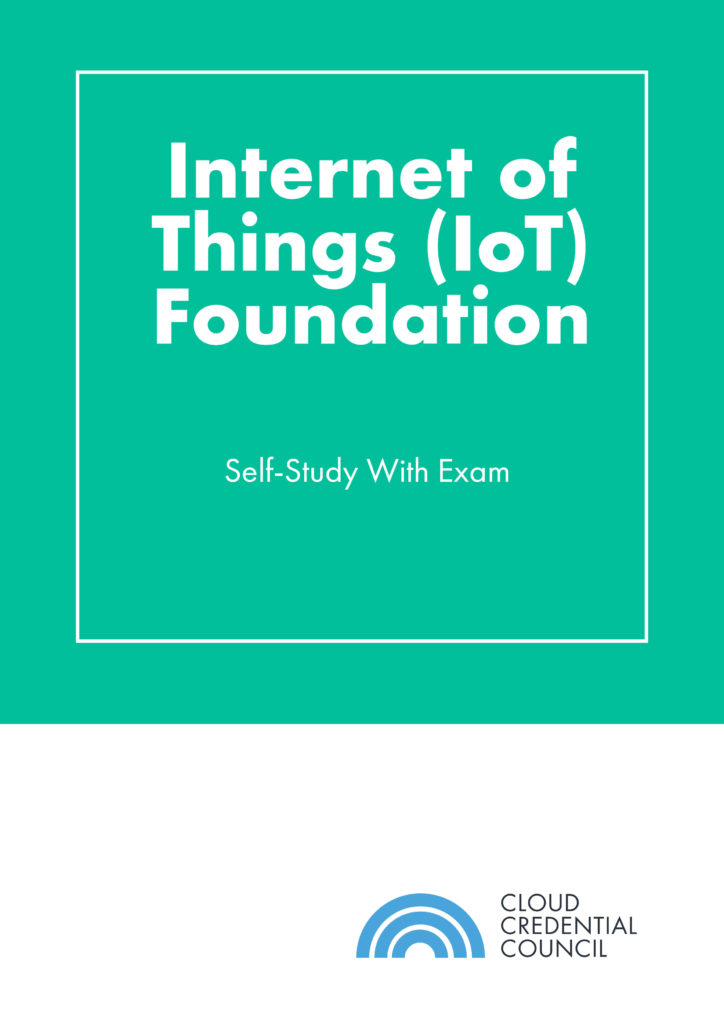How to Mitigate IoT Security Risks (8 Strategies That Work)

Amanda Clark-Rudolph

The Internet of Things (IoT), enables us to connect our devices and communicate with each other, a huge pro when it comes to businesses and enterprises. But although IoT increases productivity, promotes networking, and eases specific tasks, there are security risks. Ever heard of hackers infiltrating baby monitors? That’s just one example of an IoT mishap. So, before connecting any device to the internet, consumers should familiarize themselves with how to mitigate IoT security risks, and enterprises should consider investing in an IoT course to pave the way for safe navigation.
But first, what exactly is IoT? Business Insider defines the tech buzzword IoT as “the connection of devices to the Internet,” and explains that cars and even heart monitors can connect through it. Matthew Evans, the techUK IoT program head, further breaks down this broad term: “The Internet of Things is made up of devices,” he noted, “from simple sensors to smartphones and wearables – connected together.”
In short, IoT is not only about connecting items to the internet, it’s also about those items communicating with one another. If a device has an on-off switch, it has the potential to be part of the IoT.
In a world where almost anything can connect to the world wide web, individuals and businesses’ security could be at risk, so it’s understandable if the following questions are running through your mind.
- How do I defend myself and my devices?
- What do I need to maintain my privacy?
- What actions will help my business?
- Where can I learn more?
We’re here to help and know how to mitigate IoT security risks. So, here are 8 sustainable ways for consumers and enterprises to take action.
Table of Contents
Secure Your Connection
You don’t want any Tom, Dick, or Harry connecting to your internet from the street, yet Kaspersky Security Network found that 25% of Wi-Fi hotspots in the world are not encrypted or password-protected!
Encrypting your network provides security and prevents potential threats. Plus, a top-notch internet password could protect you and your business from potential hackers.
Identify High-risk Features
Many of us permit access to our current location, cameras, and more without even knowing it. Because of this, it’s vital to recognize high-risk features in your IoT devices.
Here are some features that could put you at high risk:
- Recording your location
- Cameras
- Microphones
- Automatically saving credit card details
Once you know the risks, you’re more apt to fix the problem. A few actions – like forgoing to autosave credit card details on connected devices and disallowing apps to access your camera or microphone – are proactive steps to decrease IoT security risks.
Use a Secondary Network
When it comes to internet connections, two networks are better than one. Instead of sending all data through a single network, why not set up one for guests? And if an enterprise, one for the employees? Adding a second network will increase your security, especially if strangers frequently connect to your internet.
Focus on Quality
We live in the age of the 30-dollar tablet and a lot of cheap IoT gadgets, but higher-end products usually have more security.
It’s natural to think about all the money you save on cheaper purchases; when in fact, a more secure, higher-end product could save you money in the long run by blocking cyber threats.
Update Your Devices
Companies send out updates for a reason, but with all the hecticness of life, it’s easy to ignore these frequent notices. However, updates usually beef up your security features and are worth the inconvenience.
Pointer: In addition to taking action when an update pops up, set aside time on a specific day each week to check for current updates. (Friday before margaritas is a good pick).
Know the Guidelines
Initially proposed by the Secure Design Report, The UK recently set up three simple rules for IoT security:
- Consumer passwords need to be unique and not reset to any universal factory setting.
- Manufacturers of IoT devices must display contact info. and act promptly on reported incidents.
- IoT device manufacturers must clearly state the minimum length of time in between device security updates.
Knowing the above lets consumers and enterprises understand that their device should protect passwords, point to a contact, and frequent software updates. However, not all countries have such straightforward manufacturing IoT guidelines, which may require more research on your end.
By looking up your country’s manufacturing guidelines, you will know the bare minimum requirements (if any) your devices should have.
Get Certified
In the words of Nelson Mandela, “Education is the most powerful weapon which you can use to change the world.” How does this relate? When it comes to IoT, educate yourself on how to protect yourself.
An IoT certificate will not only get you acquainted with all the proper IoT terminologies, but it will examine the future growth of IoT and identify security issues. Plus, some of them, like the one offered by Cloud Credential, require no prerequisites to apply. And after learning the ins and outs of everything IoT, assessing the security risks will be a breeze.
Purchase Secure-enabled SMART Devices
What sounds like common sense is trickier than you think. Many devices don’t come enabled with security features. This step requires research and/or changing your smart devices’ settings to ensure your privacy needs.
When buying any SMART product, you want to see if you can add antivirus software and what privacy settings it has. Some products may have none, and if that’s the case, reevaluate the need for such an item or consider another brand.
Wrapping Up
IoT allows us and our devices to communicate with only an internet connection, but for individuals and organizations, this blessing can also also be a burden resulting in security issues.
However, the benefits of IoT are worth it, and by acting on how to mitigate IoT security risks, you’ll be doing yourself, and your organization a favor.
Courses to help you get
results with IoT
Internet Of Things (IoT) Foundation™ 2
The industry-recognized CCC Internet of Things Foundation ensures you are ready to add value to organizations of diverse industries and dimensions. It does so through highly interactive and thought-provoking discussions which focus on: Group exploration and debates Lab exercises which allow learners to experience IoT applications Case study scenarios for IoT End of Module questions
Never miss an interesting article
Get our latest news, tutorials, guides, tips & deals delivered to your inbox.
Keep learning




